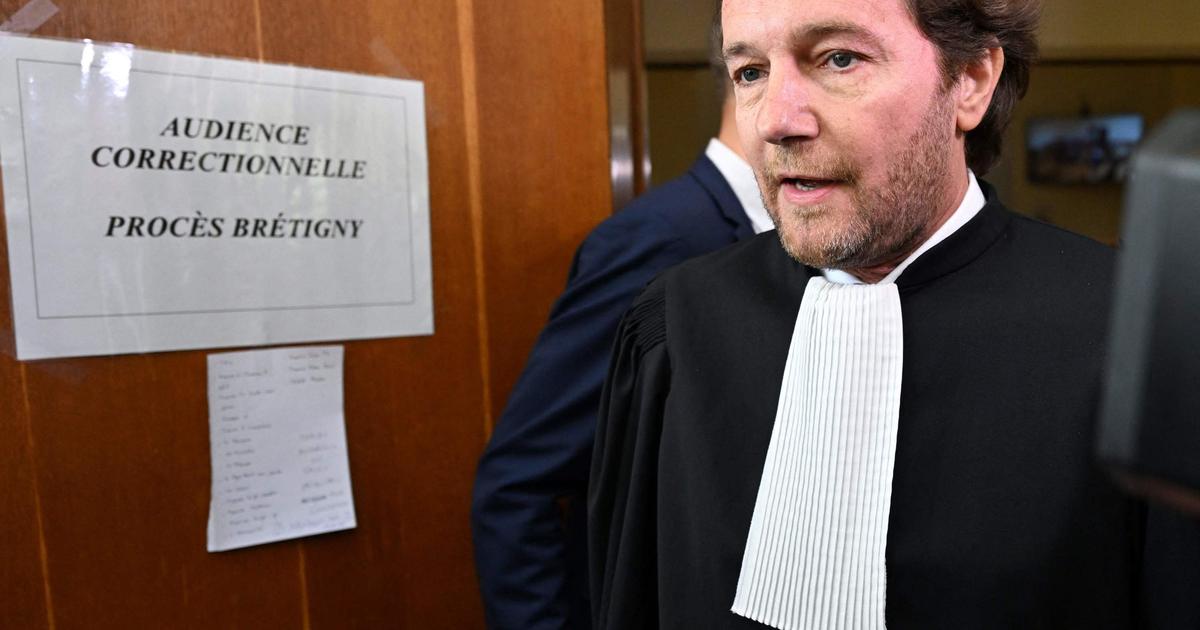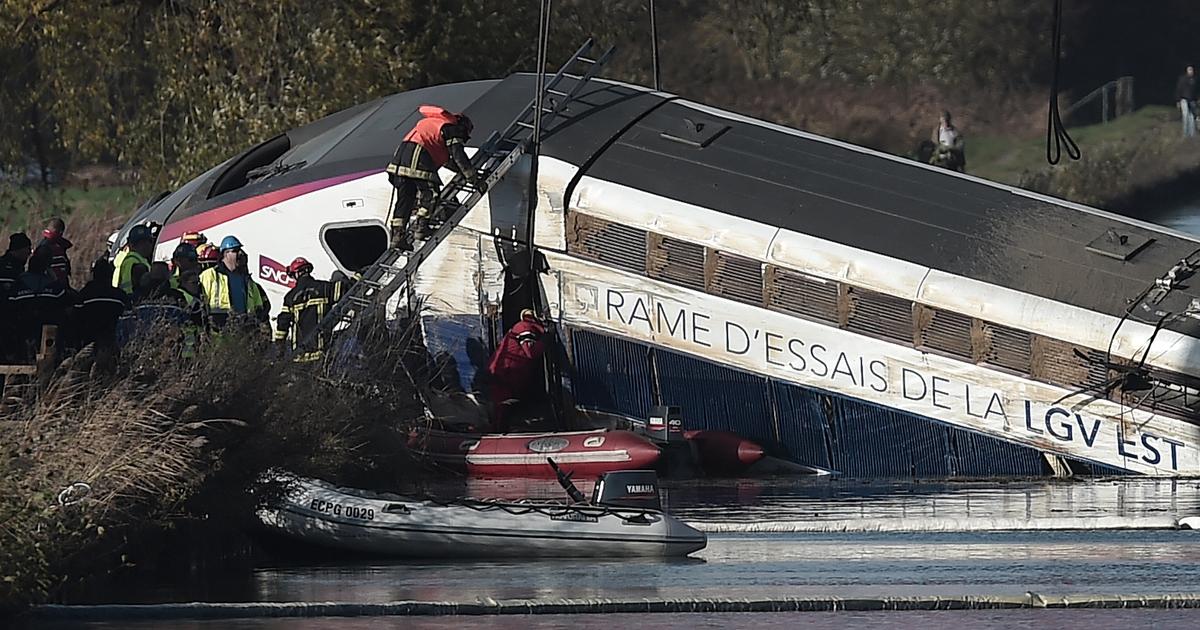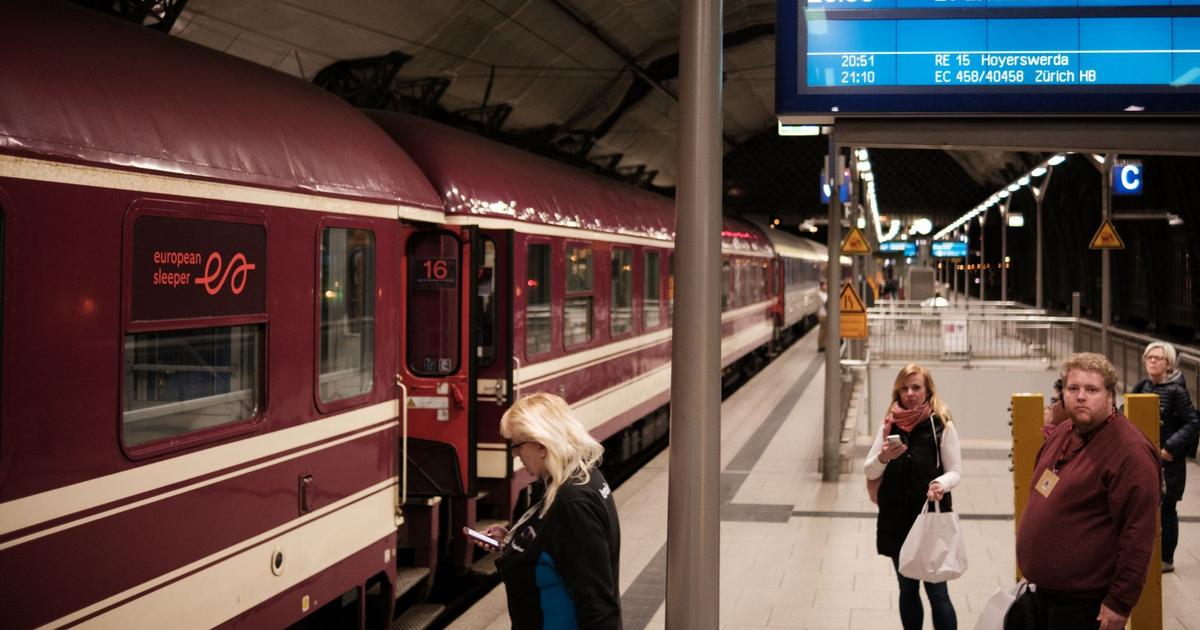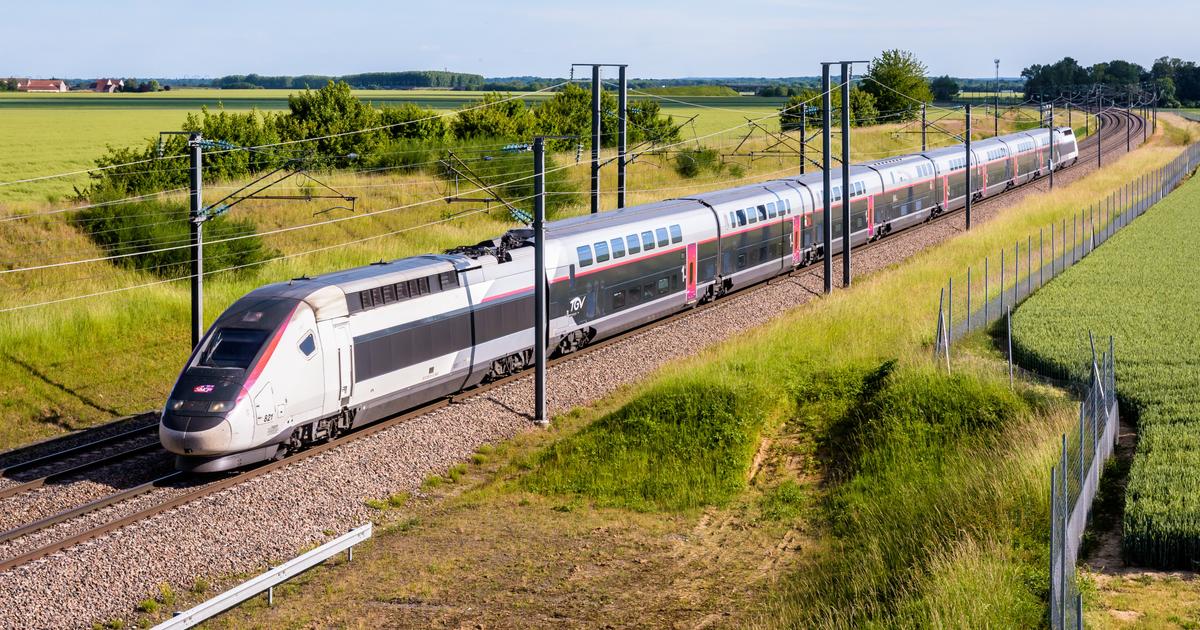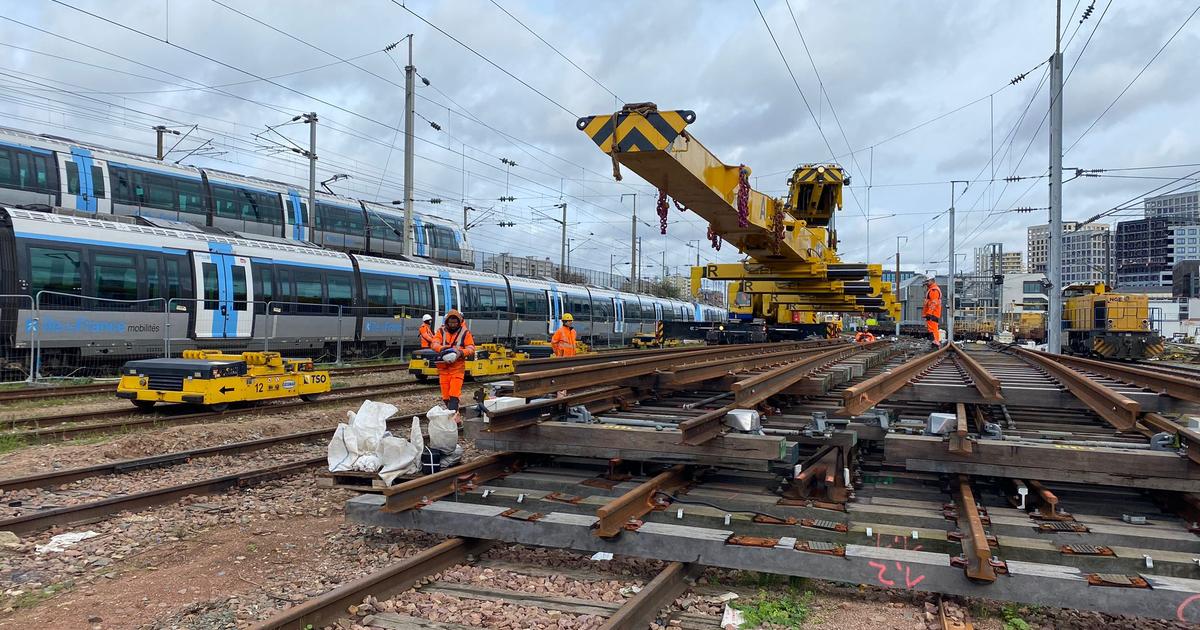Fourteen days of trial and a question still pending Monday, May 16 at the court of Evry (Essonne): could the tragedy of Brétigny have been avoided if the track apparatus involved in the rail disaster had been renewed in advance? ?
Read also Brétigny trial: the last surveillance tour carried out with vigilance, assures the railway worker
On July 12, 2013, a train derailed at Brétigny-sur-Orge station, south of Paris, killing seven people and injuring hundreds more.
The criminal court judges, until June 17, the SNCF (criminal heiress of SNCF Infra, in charge of maintenance), the manager of the SNCF Réseau tracks (ex-Réseau Ferré de France) and a former railway executive, for “
involuntary homicides
and “
unintentional injuries
”.
The two legal persons incur up to 225,000 euros.
One of the common faults that the prosecution accuses them of is not having proceeded to the early renewal of a track device: a "
double crossing-junction
" (TJD), which makes it possible to cross two tracks and which has a lifespan theoretical 25 years.
Brétigny-sur-Orge was made up of several TJDs, which had to be renewed in 2016. But should the one where the train derailed have been renewed before that date?
Were the maintainers aware of elements advocating an early change?
Design and use
Two reports were published internally by Alain Delaunay, an SNCF specialist, in 2009. On Monday, he delivered his analysis that the device did not require early renewal.
The crossing of Brétigny presented "
a little twisted tracks
" and too long rails which were then "
cut
off ": a "
annoying situation but not alarming
", he assured the bar.
“
If there was really an emergency, I would have put a traffic stop
” on the trains, he adds.
And wouldn't it have been necessary all the same to impose a slowdown in speed?
The train was traveling at 137 km/h at the time of the accident.
This SNCF employee since 1991 answers in the negative, distinguishing between “
design
” references – which refer to this limitation – and those “
in use
” which allow a certain speed to be maintained.
“
But what does that change in design and use!
Do we design things not to use them?
exclaims the president of the chamber, Cécile Louis-Loyant.
Read also Brétigny trial: maintenance “failures” at the origin of the derailment, according to a report
Since the start of the trial, the SNCF and SNCF Réseau have maintained that the aging of the network has not affected the safety of its users, thanks to appropriate maintenance, but have attributed the accident to an undetectable defect in the steel.
The renewal and maintenance of the tracks are "
a purely economic question
" which does not affect safety, said the legal representative of the SNCF again on Monday.

